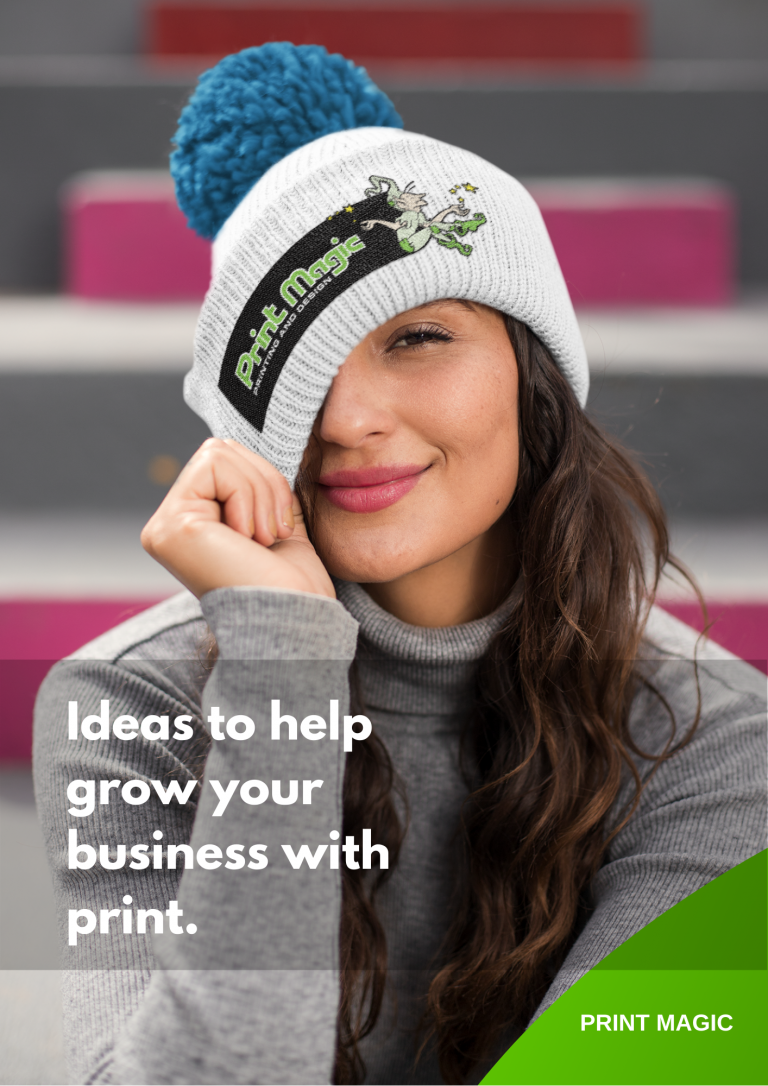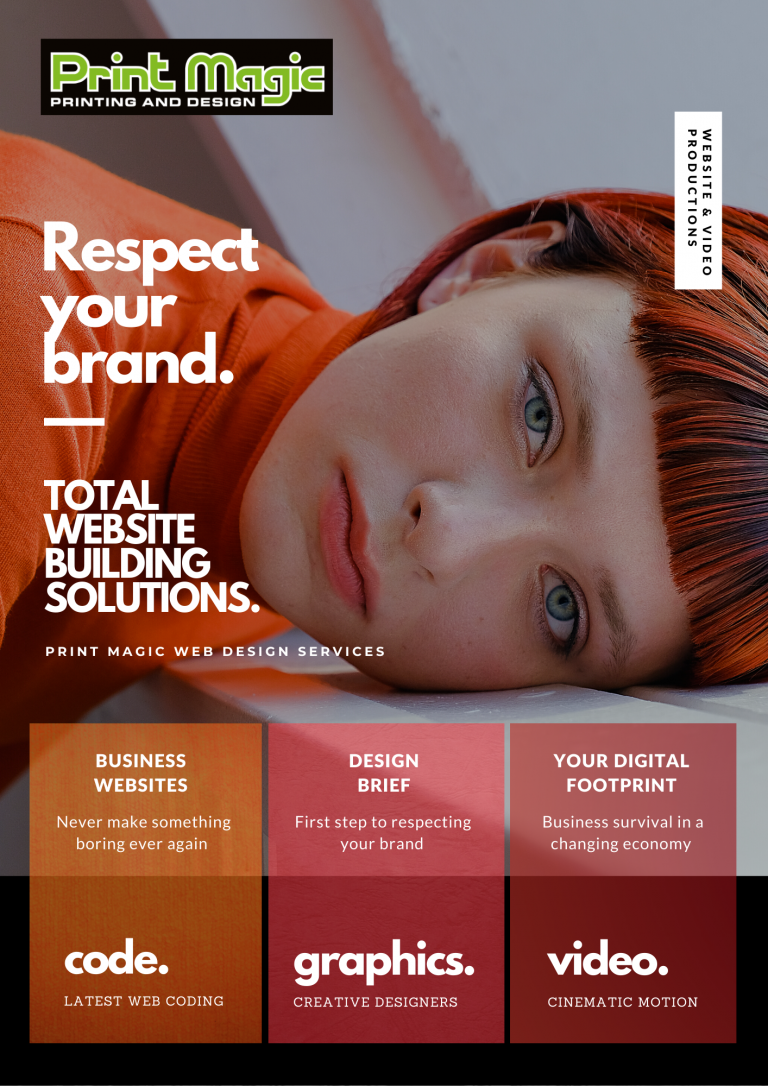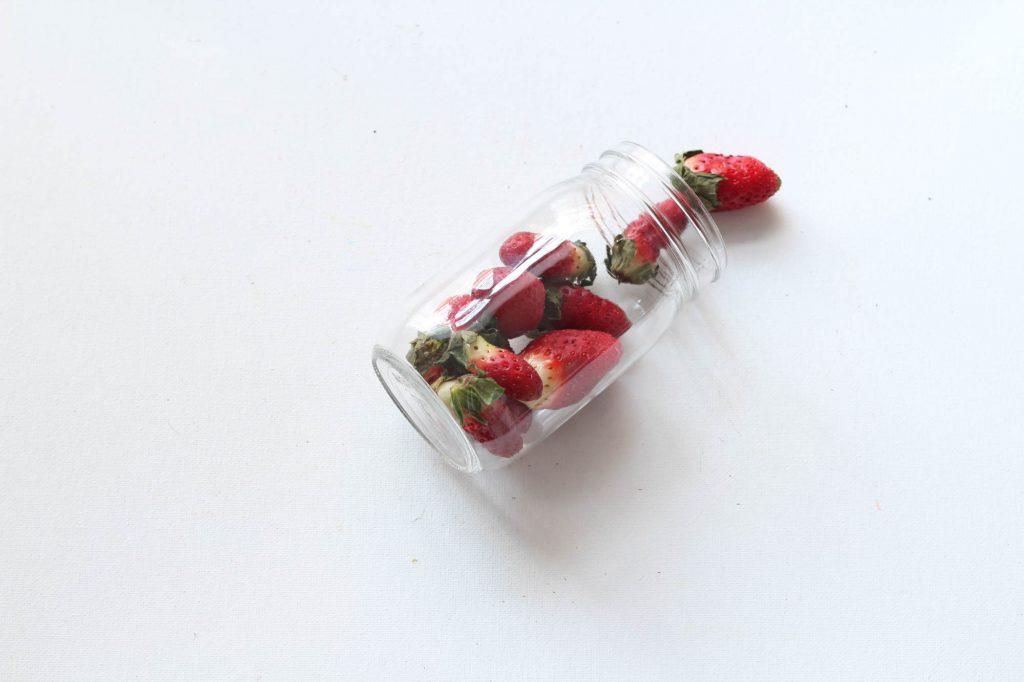
With Print Magic, you have the freedom to easily grow and transform your business brand and your business digital identity from general printing, signage, graphic and logo design to promotional designer apparel, website development and hosting to video creatives we can deliver services that generate results.
Printing Services
- Printing Store
- Digital Printing
- Screen Printing
- Print Design
- Digital eBooks
- Artwork Requirements


